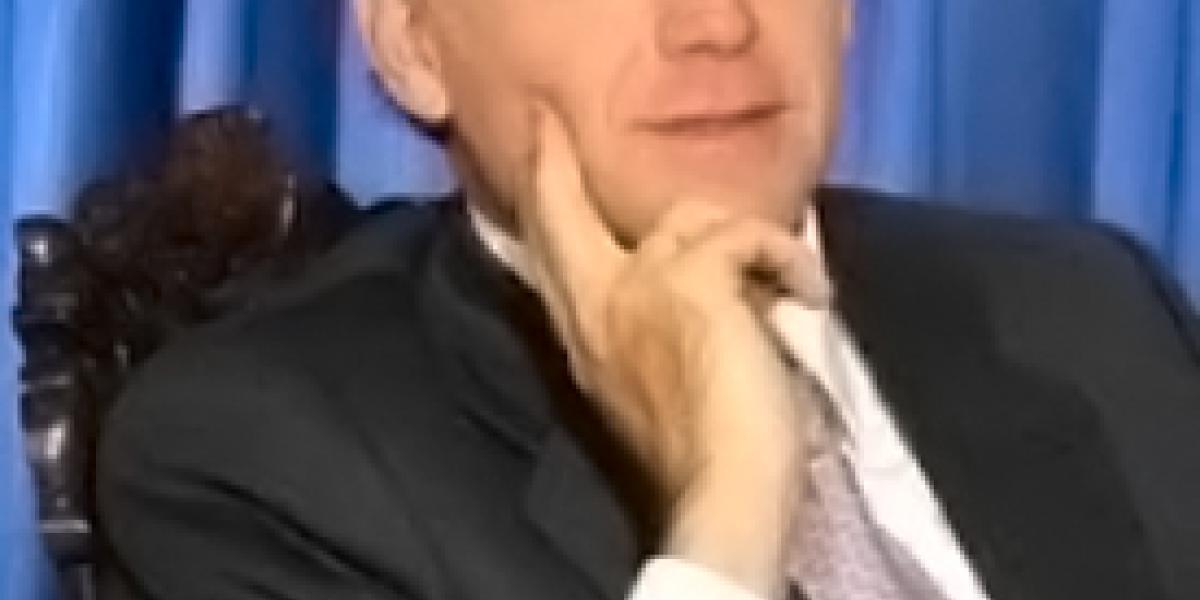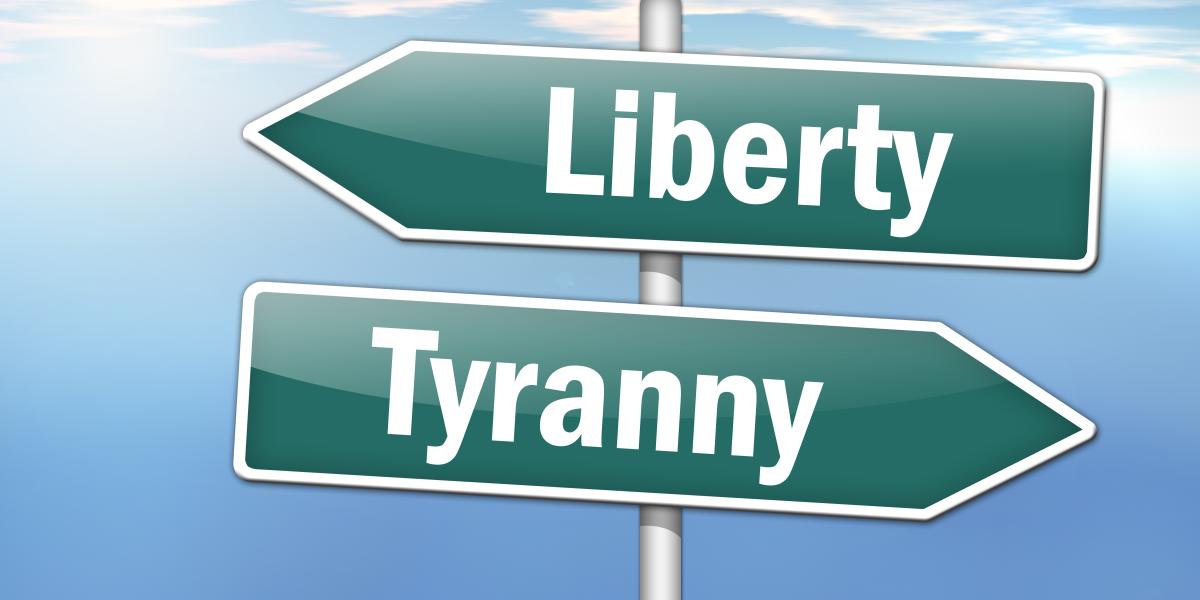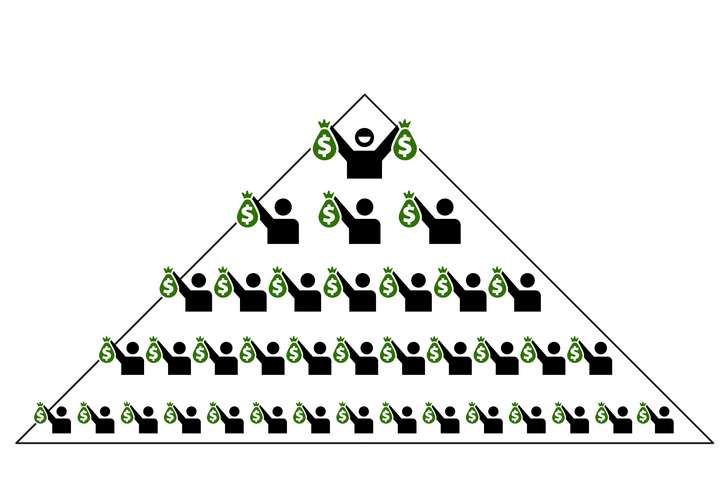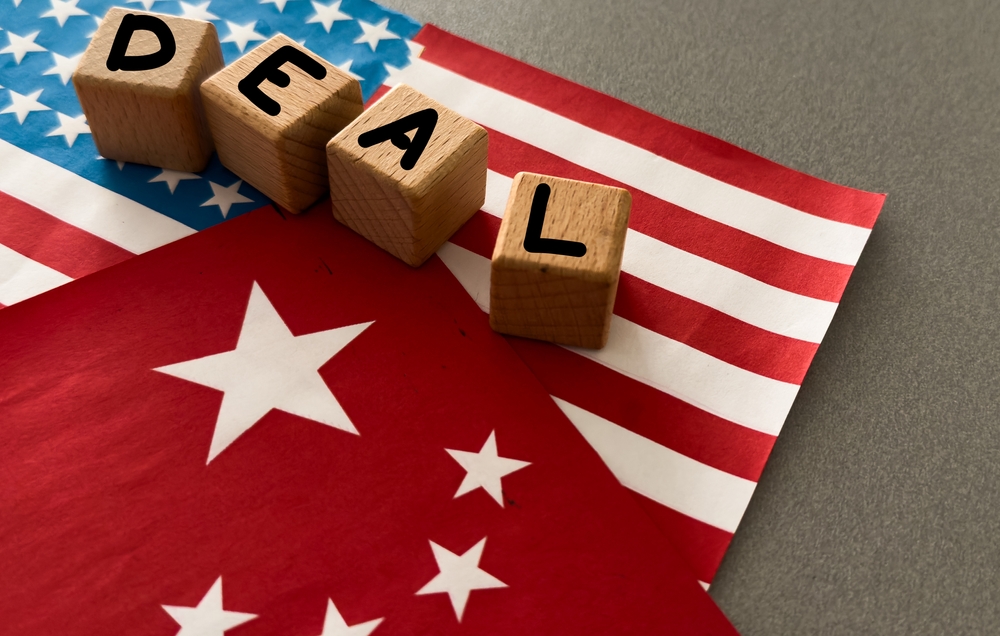After the bombing of Hiroshima on August 6th, 1945, there was no high-level meeting or order from Truman to stop the process. The machinery for the second mission was already in motion. The plutonium core for the “Fat Man” bomb was flown from Kirtland Air Force Base in New Mexico on August 7th, and the B-29 Bockscar, piloted by Major Charles Sweeney, took off from Tinian Island in the early morning hours of August 9th (local time) and dropped the bomb on Nagasaki at 11:02 AM.
In the days following Hiroshima, there were discussions among Truman’s cabinet members, notably Secretary of War Henry L. Stimson (1867-1950), who expressed growing unease about the destruction. Stimson was particularly keen on giving Japan a clearer chance to surrender and was worried about the U.S. being perceived as overly destructive. Even physicist Joseph Rotblat, left the Manhattan Project in 1944 on grounds of conscience.
Some historians, often called “traditionalists,” tend to argue that the bombs were necessary in order to save American lives and prevent an invasion of Japan. Other experts, usually called “revisionists,” claim that the bombs were unnecessary and were dropped for other reasons, such as to intimidate the Soviet Union. Many historians have taken positions between these two poles.
The “gap” I came to see was that there never was an order from Truman for a second attack. However, Truman, in his own diary and letters, expressed the horrific nature of the weapon but also a determination to end the war quickly. The prevailing belief was that the Japanese government, despite the first bomb, was not yet ready to surrender unconditionally. But that may have been with hindsight, given that 70,000–80,000 of civilians died in Hiroshima. That seemed to be an excuse to gloss over the civilian deaths some even believed was a war crime. In Nagasaki 40,000 died instantly and another 30,000 civilians from radiation poisonings.
The mission to bomb Nagasaki was never expressly authorized by Truman and it was never a primary target! Kokura was the target, but the city was obscured by smoke and haze from a conventional bombing raid on a nearby city the previous day. They made three bombing runs over the city but could not visually sight the target as per their strict orders. At best, Nagasaki was a secondary target. Sweeney, the pilot, pressed on with the mission’s core objective despite a cascade of failures that would have justified an abort. He was solely responsible for the decision to use or abandon the only other operational atomic bomb in the American arsenal at the time dropping it in the ocean. There has always been this question did Truman issue a subsequent erased stand-down order countermanding the discretion of the military.
Truman did a radio address and it seemed to be covering his ass. He said:
“The world will note that the first atomic bomb was dropped on Hiroshima, a military base. That was because we wished in this first attack to avoid, insofar as possible, the killing of civilians.”

























